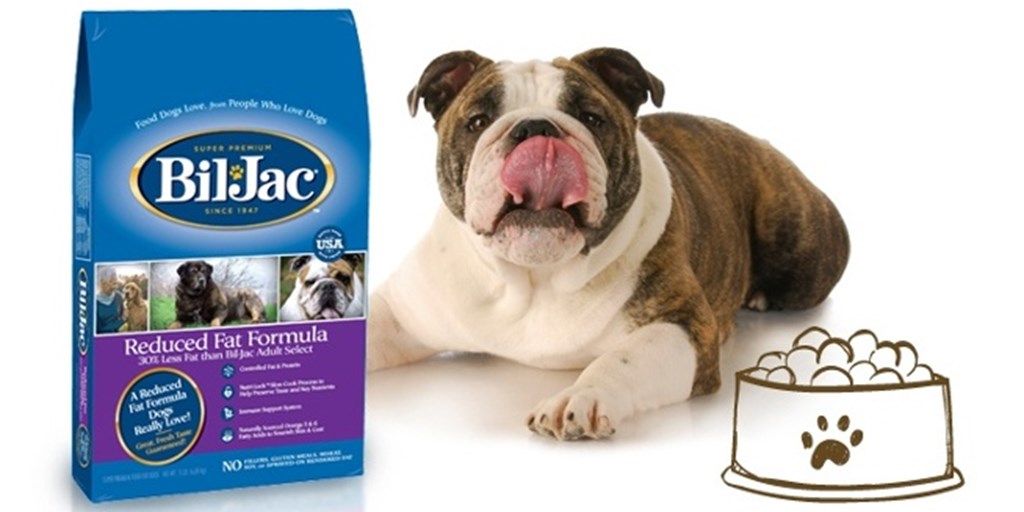During the winter months, colder temperatures and fewer daylight hours can make winter weight gain all-too-common for your furry friend. As a pet parent, it’s your responsibility to not only provide your best friend with nutritional food, but also help him maintain a healthy weight. Here’s how you can help your dog avoid weight gain and thrive in the winter.
Why Do Dogs Gain Weight During the Winter?
Weight gain is usually a mismatch between the number of calories consumed and the number of calories burned through exercise and your dog’s natural metabolism. By consuming more calories than your pooch can use, these excess calories can be stored as fat causing him to put on weight.
During the winter months, your dog usually spends more time indoors than outdoors. After all, as a pet parent, you likely take your dog on fewer and shorter walks and aren’t as keen on playing fetch when it’s cold outside. The less exercise your dog gets, the less calories he’ll burn, and the more likely it is that your furry friend will gain weight.
Decreased daylight can also cause natural changes to your dog’s metabolism. According to PetMD, some dog breeds have a “thrifty gene” that causes them to conserve calories and store fat in preparation for harsher winter conditions. But unless your dog lives outdoors, that extra fat isn’t needed and can make him rather unhealthy.
Should You Be Concerned About Your Overweight Dog?
Excess weight is cause for concern, as these extra pounds aren’t healthy for your dog. Putting on a few extra pounds can lead to your dog becoming obese and developing associated health problems. Overweight dogs can put extra stress on their joints and internal organs and make them more susceptible to hypothyroidism, Cushing’s Disease, pancreatic cancer, and pituitary problems. Once your dog starts gaining weight, it can be hard for him to stop, as obese pets are prone to arthritis, which makes them want to exercise even less.
How to Help Your Dog Lose Weight in the Winter
Weight loss should be slow and steady—don’t put your dog on a “crash diet.” Here are a few ways you can help your dog lose weight in the winter.
Reduced Fat Dog Food
Consider switching your dog’s food during the winter to a reduced fat formula like Bil-Jac Reduced Fat Dog Food. Our Reduced Fat Dog Food has 30 percent less fat than our Adult Select formula and real chicken taste—a rarity among reduced fat dog foods. Managing the amount of fat your dog eats doesn’t mean your dog will miss out on the key nutrition he needs day in and day out. Bil-Jac Reduced Fat Dog Formula still includes the same healthy nutrients like amino acids and omega fatty acids to help maintain a healthy coat and muscle tone.
Measure Food
When you feed your dog, carefully measure the amount of food you’re putting into his bowl. Start by using the feeding recommendations on the dog food bag for the weight your dog should be—not the weight he is now. Remember, your dog’s size, breed, and age also contribute to how much food your dog needs. Pet parents should stick to exact meal times and avoid “free feeding” your pooch through the day to ensure your dog doesn’t overeat.
Limit Dog Treats
It can be hard not to spoil your pooch with tasty treats, but too many can be unhealthy for your best friend. Especially during the winter, you’ll want to control the amount of treats you give your dog, but there’s no need to cut them out of his diet completely. Calories from treats should constitute no more than 10 percent of your dog’s total caloric intake. Consider using smaller treats like Bil-Jac Little-Jacs, as they only have 3 calories per treat. Limit treats during the winter as rewards for active behavior to help your furry friend burn more calories.
Indoor Exercise
Exercise is a great way to boost your dog’s metabolism and help him lose weight. But what do you do in the winter when it’s cold outside? If you’re going outside less, consider bringing the fun indoors. There are plenty of indoor games you can play with your best friend to help keep him in shape, such as:
-
Indoor fetch with soft toys.
-
Tug of war.
-
Hide and seek. Hide a tasty treat in one hand while your dog tries to sniff it out. Or, hide treats under boxes or cups and have him search for them.
-
Stair roll. Like fetch, but with stairs! Roll a ball down a set of stairs and have your dog bring it back to you.
Keep Your Dog Fit and Healthy All Year Round
,

